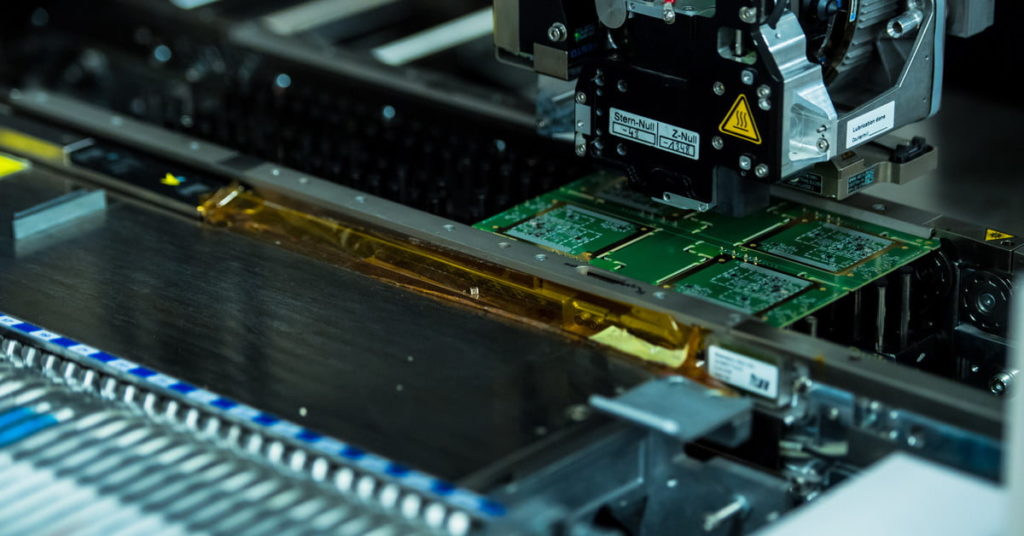Qualcomm’s Snapdragon 855 Adds Improved A.I. Performance and 5G
With improved performance, 5G support, and built-in artificial intelligence, the Snapdragon 855 will be the processor powering a majority of flagship Android smartphones next year. Qualcomm just announced the successor to the Snapdragon 845 (which is in most flagship 2018 phones) at its Snapdragon Tech Summit in Hawaii.
The Snapdragon 855 is built to embrace a new wave of technologies expected to arise over the next few years — such as 5G, mixed reality, artificial intelligence, and more. Details are still scarce about exactly what the Snapdragon 855 will have to offer — we should learn a little more on December 5, when Qualcomm details the processor’s capabilities in full — but there is a good deal we can go on until then.
Artificial intelligence
For starters, Qualcomm said the Snapdragon 855 is built to deliver more intuitive on-device artificial intelligence features. Instead of sending information up to the cloud all the time, A.I. features like Google Assistant could use on-device processing to help users when they need it, without the need of a data connection. This should cut down on load times, and keep everything more secure and private. These new A.I. features are powered by Qualcomm’s fourth-generation multi-core A.I. engine, which Qualcomm said is three times more powerful than the previous generation’s engine. According to the company, the Snapdragon 855 will boast “three times better A.I. performance” than the Snapdragon 845.
Speaking of artificial intelligence, the Snapdragon 855 also features a computer vision image signal processor, meaning that things like computational photography and A.I. features like Google Lens, should work quicker and become more powerful.
Ultrasonic fingerprint scanner
Perhaps most interesting, however, is that the Snapdragon 855 supports the new Qualcomm 3D Sonic Sensor, which is a new in-display ultrasonic fingerprint sensor Qualcomm said can accurately detect fingerprints, even through contaminants like the screen. This means we should start seeing a whole lot more phones with in-display fingerprint sensors in 2019. It’s unclear how much of an improvement Qualcomm’s method will be compared to the finicky implementations in the market right now through phones like the OnePlus 6T and the Huawei Mate 20 Pro.
Apart from the features Qualcomm announced, there is a little more we know about the chip. For example, we know it’s built on the 7-nanometer process, which should help make it a whole lot more powerful and efficient than its predecessor. We also know the chipset will support 5G capabilities for faster data speeds, though coverage will entirely depend on your carrier. Qualcomm also teased “Snapdragon Elite Gaming,” which is a set of features aimed at delivering high-quality gaming while still conserving battery life. More details about Snapdragon Elite Gaming are likely to be announced in coming days.
We don’t yet know which upcoming phones will feature the new Snapdragon 855, though given previous years we can expect the new Samsung Galaxy S10 to be the first or one of the first phones with the new processor. These phones will likely debut at Mobile World Congress 2019, which kicks off at the end of February.
This is a developing story, as we’ll hear more about the new Snapdragon 855 platform at Qualcomm’s second tech summit keynote on Wednesday, December 5. We will be updating this article as more details emerge.




